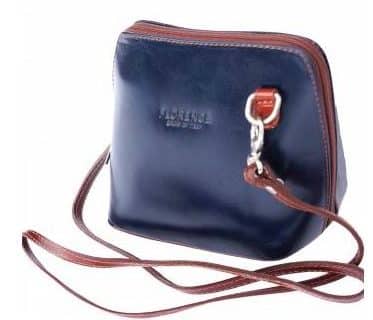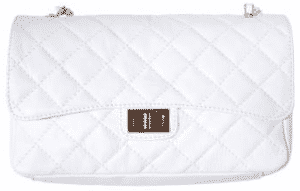
The history of leather tanning
With the term tanning, we mean those operations to which the skins of animals are subjected in order to make them imputrescible and transform them into leather, in practice, in order to preserve them and work them.
Tanning is one of the oldest activities, which dates back to prehistory, when men realized they could use the skins of the hunted animals to cover themselves and protect themselves from the cold and rain.
The only problem was that the material tended to decompose after a few days…
The origins of tanning
Perhaps by chance, the man realized that if the skin had been exposed to the smoke of the fire or immersed in water, then it lasted longer. This was the discovery of “aldehyde tanning” (of which the smoke of fresh woods is rich) and “vegetable tanning” (contained in wood and in all plants).
Aldehydes, tannins and lime (the limescale of the stones due to the effect of heat is transformed into lime, which with water forms lime off) are substances that still today, even if with different methods, are part of modern tanning processes.
From artisan practice to industrial activity
For many centuries the tanning technology had remained substantially unchanged, until the second half of the 19th century, when the drum was introduced, a machine consisting of a cylinder rotating around its axis, which marked the transition from craft to industrial activity. Water, skins and chemicals were introduced into the drum.
The mechanical action of rotation greatly favors the penetration of the products inside the skin; therefore the tanning process, which previously lasted many months, turned out to be quite accelerated.
At the beginning of the 20th century, the real turning point took place with the introduction of chrome tanning, – thanks to the tanning capacity of the trivalent chromium compounds – which is able to bind permanently to the skin making it imputrescible.
Various types of tanning processing
Before going on to the actual tanning operations, which tend to give the leather the greatest resistance, the maximum impermeability to water and the maximum porosity to air and water vapor (sweat), there are some preliminary steps for the preparation of leather, the so-called “beamhouse” operations: soaking, liming, unhairing and scudding, deliming and bating, pickling.
To get even more in detail and know what are the various types of tanning, we mention a few:
- Chrome tanning, this mineral makes the leather particularly soft.
- Aniline tanning, a type of tanning based on the use of aniline that gives the products a particular luster and color transparency.
- Vegetable tanning, a process consisting in transforming skin into leather with the use of peel of plants that produce natural tannic juices in water; this treatment is carried out in pits and serves to obtain sole leather.
- Mineral tanning, made with chromium or aluminum salts, which produces light, soft and tough leather.
- Mixed tanning, a vegetable tanning in pits, tanks or vats and then drums, with the use of tannic extracts more concentrated than the juices derived from the peels.








